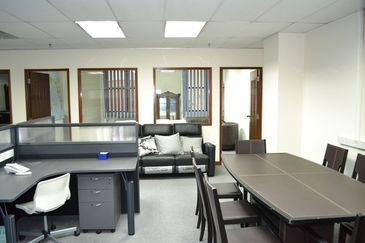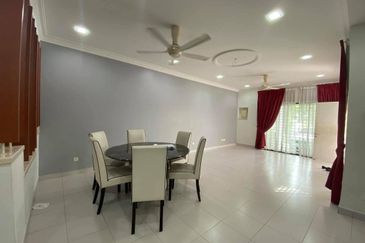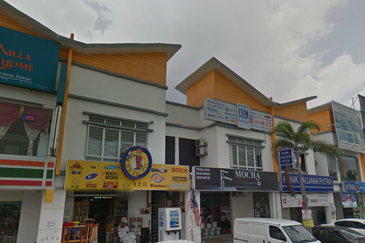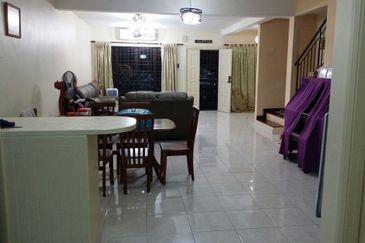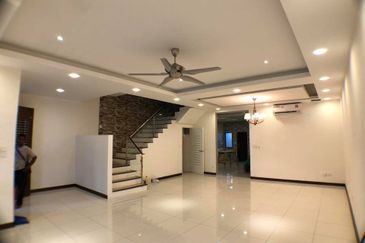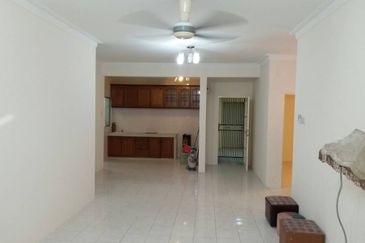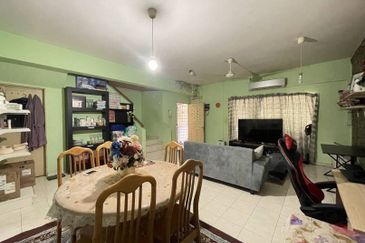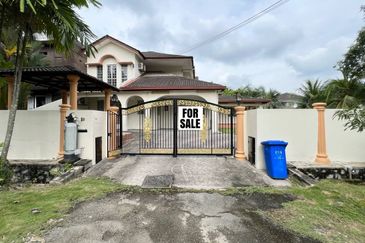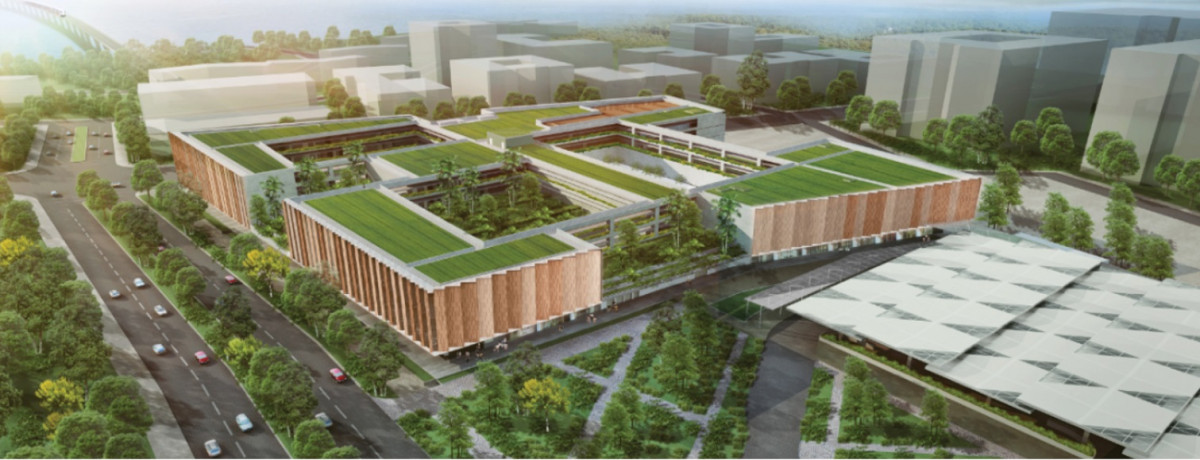
Sunday, Nov 22, 2020 marked a significant milestone for Malaysia and Singapore with the groundbreaking ceremony of the long-awaited Johor Bahru-Singapore Rapid Transit System (RTS) Link project.
The on-site event was officiated virtually by the Johor ruler Sultan Ibrahim Iskandar, Johor Crown Prince Tunku Ismail Sultan Ibrahim, Malaysia’s Transport Minister Wee Ka Siong and Johor Chief Minister Hasni Mohammad on the site of the RTS Link’s JB Bukit Chagar station.
Read also
RTS Link: Short-term stays will expand
RTS Link: Where are the hot spots?
The idea of a Mass Rapid Transit (MRT) between Singapore and JB, first suggested in 1991 by the Singapore government, only gathered momentum in June 2011 after both countries finally came to a mutual agreement on the proposal.
Under the mutual agreement inked, the 4.2km RTS Link will have only two stations connecting both countries – the Singapore terminus will be located at the Woodlands North station and the Malaysia terminus at the Bukit Chagar station. Both stations will have co-located Singaporean and Malaysian customs, immigration and quarantine facilities.
Upon completion, the RTS Link will be the second rail link between the two countries after the KTM Intercity Shuttle Tebrau. The RTS Link is also expected to replace the railway line and shuttle train services between JB Sentral and Woodlands Train Checkpoint.
To recap, a bilateral agreement on the RTS Link was signed back in January 2018. Under that agreement, construction of the RTS Link was to start in 2019 with completion and operations by 2024.
However, the project was suspended for a review on construction cost following the change of Malaysia’s government in May 2018.
In October 2019, former prime minister Tun Dr Mahathir Mohamad announced that the project would proceed with a 36% cost reduction to RM3.16 billion from RM4.93 billion.
Then came the Covid-19 pandemic.
The groundbreaking event on Nov 22 has unveiled details such as the perspectives of the two stations, traffic flow and the revised targeted completion date to December 2026.
According to MRT Corp Sdn Bhd CEO Datuk Mohd Zarif Hashim in his presentation at the event, the RTS Link would need four years for civil infrastructure construction works and another two years for the installation of the rail system.
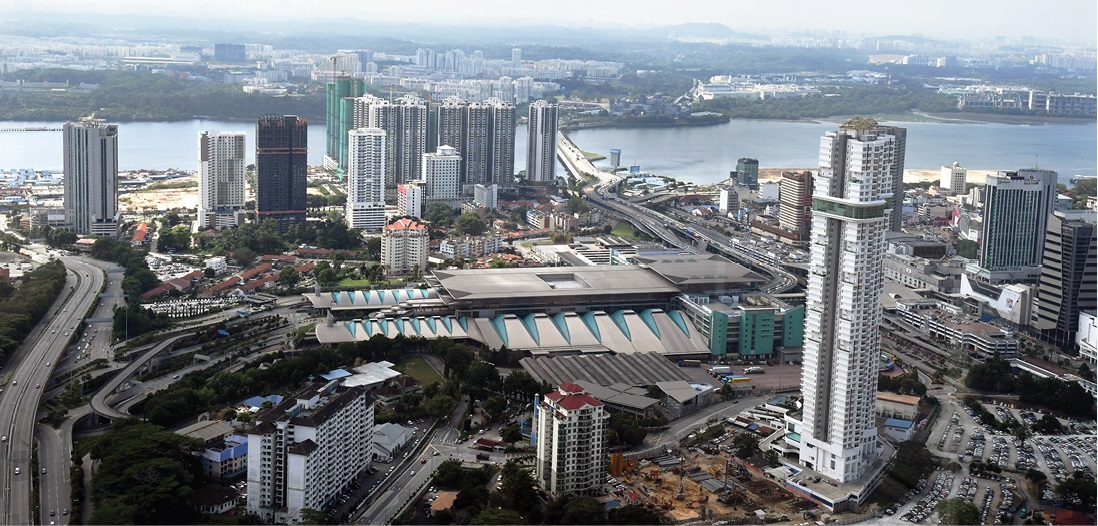
Once operational, the train will take five minutes to travel one way between Woodlands North station and Bukit Chagar station. The waiting time for the trains will be about 3.5 minutes during peak, and six minutes during non-peak periods. It is expected to serve about 10,000 passengers per hour each way to help ease traffic congestion on the Causeway.
The RTS Link project is expected to benefit 323 Johor Bumiputera contractors as MRT Corp has allocated 40% of the project’s overall public infrastructure construction to be implemented by the Johor Centre for Construction Development (JCCD) contractors.
No immediate impact on property prices
The key RTS Link benefit would be the seamless JB and Singapore connection, efficiently reducing the congestion on the Johor-Singapore Causeway which currently has more than 350,000 users daily.
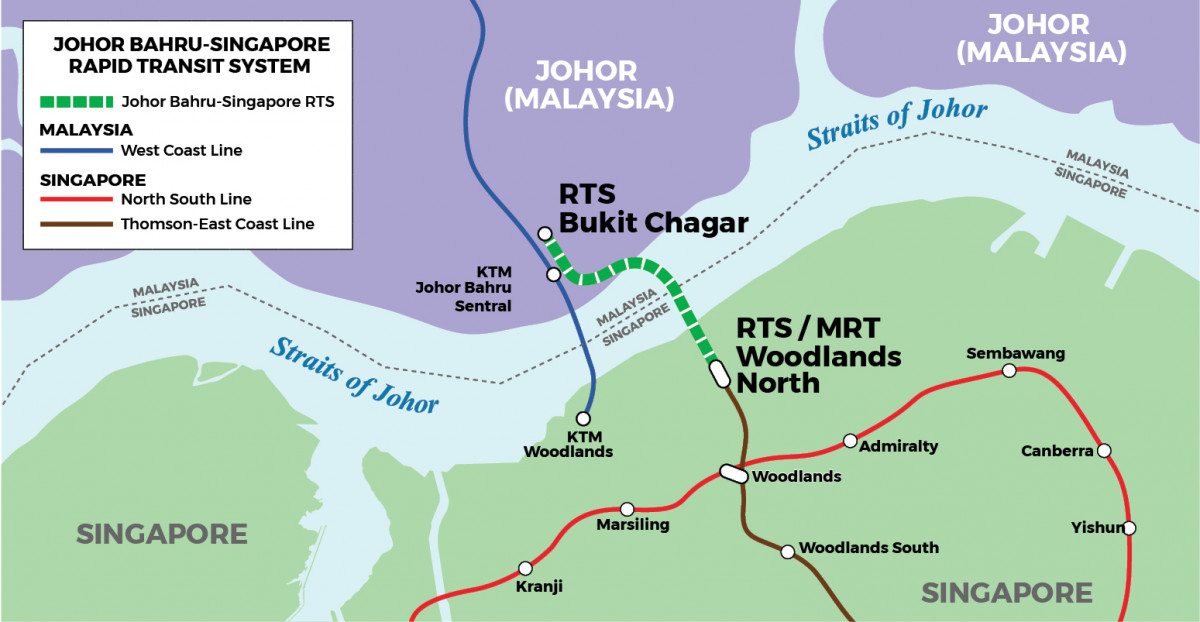
The RTS Link, stressed Zarif, will be a catalyst to further development of JB and its surrounding areas. It is also expected to unlock property value in southern Johor.
However, CBRE|WTW Johor branch director Tan Ka Leong does not see any immediate impact to JB’s property market. This, he explains, is because the RTS Link news has been in the market for the past decade.
“Many developers have already factored it into their planning and prices in the past 10 years. Therefore, I don’t think the groundbreaking event will have any immediate impact on the local property market.
“However, in the long run, there is no doubt the RTS Link will be a major catalyst [to the local market], but then again, it is largely dependent on the housing supply and demand in the next few years.


“Currently, Johor has a fairly high property overhang, especially in the high-rise housing segment. The market will need some time to absorb the current stock and this is not something that the RTS Link news can help overnight,” Ka Leong tells EdgeProp.my.
Ka Leong also does not expect developers to price their coming launches higher.
“Let’s look at the MRT lines in the Klang Valley and Malaysia-Singapore second link; we did not see significant property price jump even after their completions and operations. This is mainly because many of the homes in the vicinity have been sold with the infrastructure development news,” Ka Leong notes.
Connectivity is key
While agreeing that public transport that is smart and efficient will help boost economic activities and elevate JB’s status as a focal point for development in the region, KGV International Property Consultants executive director Samuel Tan stresses that more details need to be sorted out to maximise the impact of the RTS Link on the local property market.
“There are some issues the authorities will need to pay particular attention to, such as the car and motorcycle parking lots may be in grave shortage and will cascade to rampant illegal parking problems in the [JB] city centre.
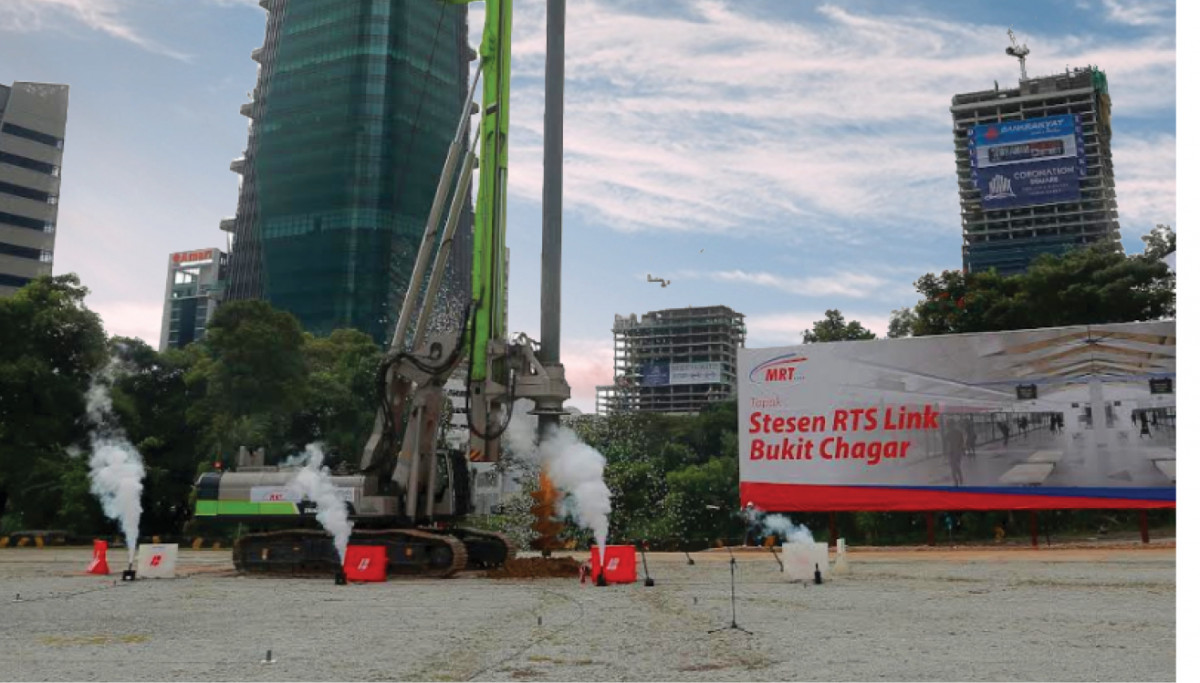
“The authorities may also need to look at the ingress and egress of the RTS station, which the current road provision may not be able to cater to the ferrying cars and shuttle buses picking up and dropping off the deluge of passengers,” Samuel tells EdgeProp.my
He also stresses the importance of connectivity to and from the RTS Link stations.
“Connectivity with JB is crucial … The connectivity between the RTS station and nearby buildings needs to be well planned with the provision of covered pedestrian walkways, ramps and railings.
“The city desperately needs an efficient and effective public transport system that delivers and the RTS Link could be a start to spearhead a holistic public transportation network in the medium to long term, such as an LRT (Light Rail Transit) network connecting various regions, efficient BRT (Bus Rapid Transit) or public bus networks, friendly dedicated lanes for cyclists and covered walkways for pedestrians,” Samuel adds.
The risk of losing talent

RTS Link is certainly good news to both Malaysia and Singapore, but CBRE|WTW’s Tan Ka Leong worries Malaysia may be losing more talent upon the completion of RTS Link.
“The industry is hoping that the completion of RTS Link would encourage more international corporations to relocate to JB, creating more job opportunities. But at the same time, it might also encourage more Malaysians to cross border everyday for higher incomes.
“Therefore, it is very important for the government to raise the local income level, get more foreign direct investment and create more job opportunities to retain talents in the next few years,” Ka Leong says.
Ka Leong is optimistic that the RTS Link would help to improve the local housing rental market.
“For Malaysians who work and rent a place in Singapore, they may consider renting a place near the Bukit Chagar station, which is located in the heart of JB, for the cheaper rate.
“This would help to improve the current stagnated rental market in the JB city centre, which is not as serious as that in Nusajaya where occupancy of some newly-completed high-rise homes is as low as 15%.
“The completion of RTS Link may also encourage the young and middle-income Singaporeans to consider buying or investing in Johor or Nusajaya in the long run as Malaysia has a lot to offer,” Ka Leong adds.
RTS Link

PROS
• Help ease congestion
• Enhance trade, business, people movement, logistics and supply chain
• Serve as a catalyst to revitalise JB city centre development and JB transportation network
• Especially convenient for those who need to commute daily such as students and workers
• Property developments within close vicinity to the RTS station will benefit
CONS
• The potential point-to-point transfer could bring up another set of problems
• Problems of insufficient car parking spaces might be aggravated
• RTS is using the LRT system which typically operates on small train carts. It might give rise to scalability issues when the system needs to be upgraded in the future
This story first appeared in the EdgeProp.my e-Pub on Dec 4, 2020. You can access back issues here.
Get the latest news @ www.EdgeProp.my
TOP PICKS BY EDGEPROP
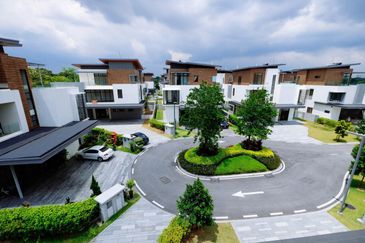
Long Branch Residences
Kota Kemuning, Selangor
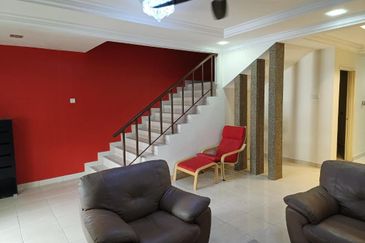
SS 21, Damansara Utama
Petaling Jaya, Selangor
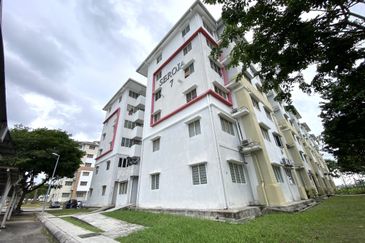
Pangsapuri Seroja
Setia Alam/Alam Nusantara, Selangor




